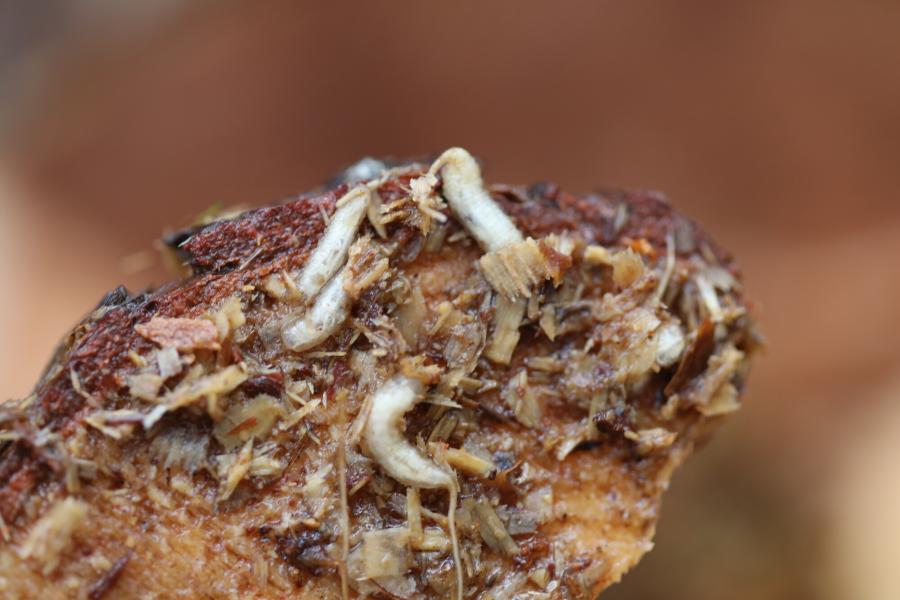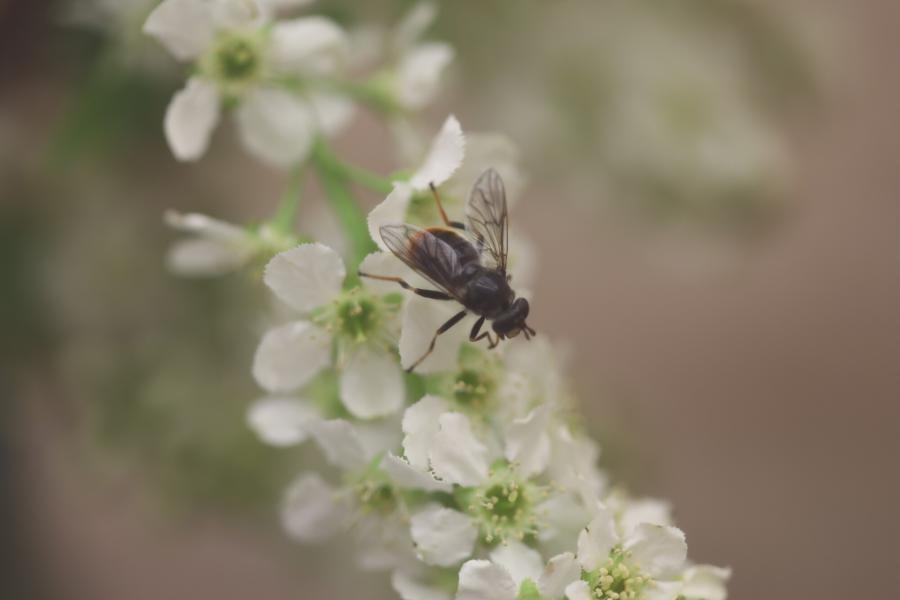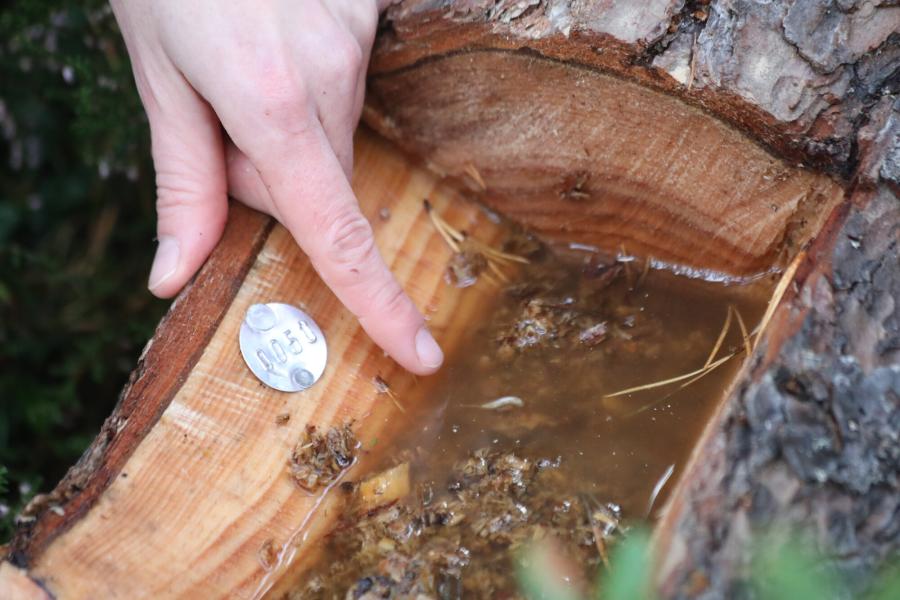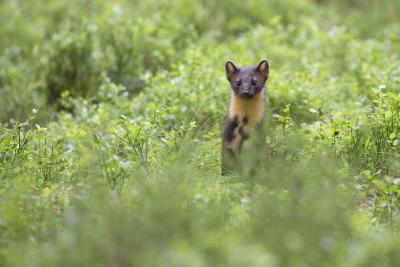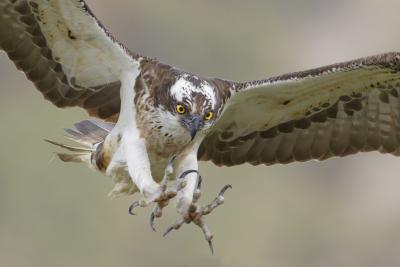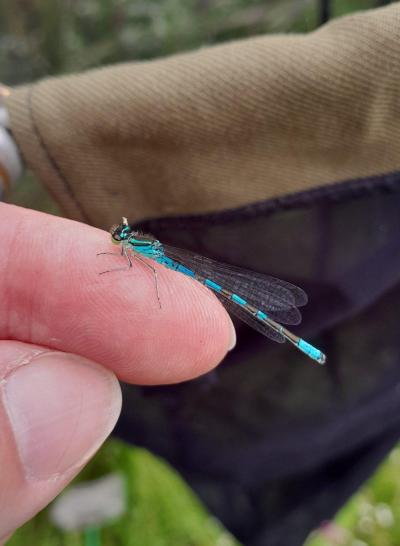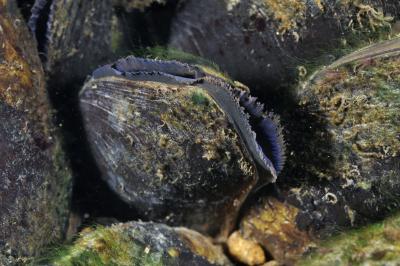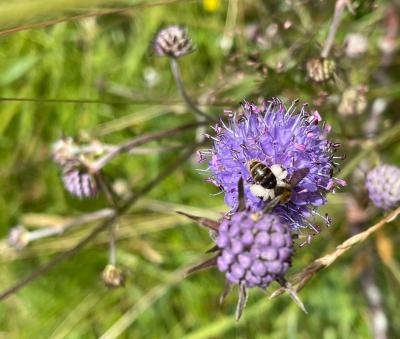Pine hoverfly
Blera fallax
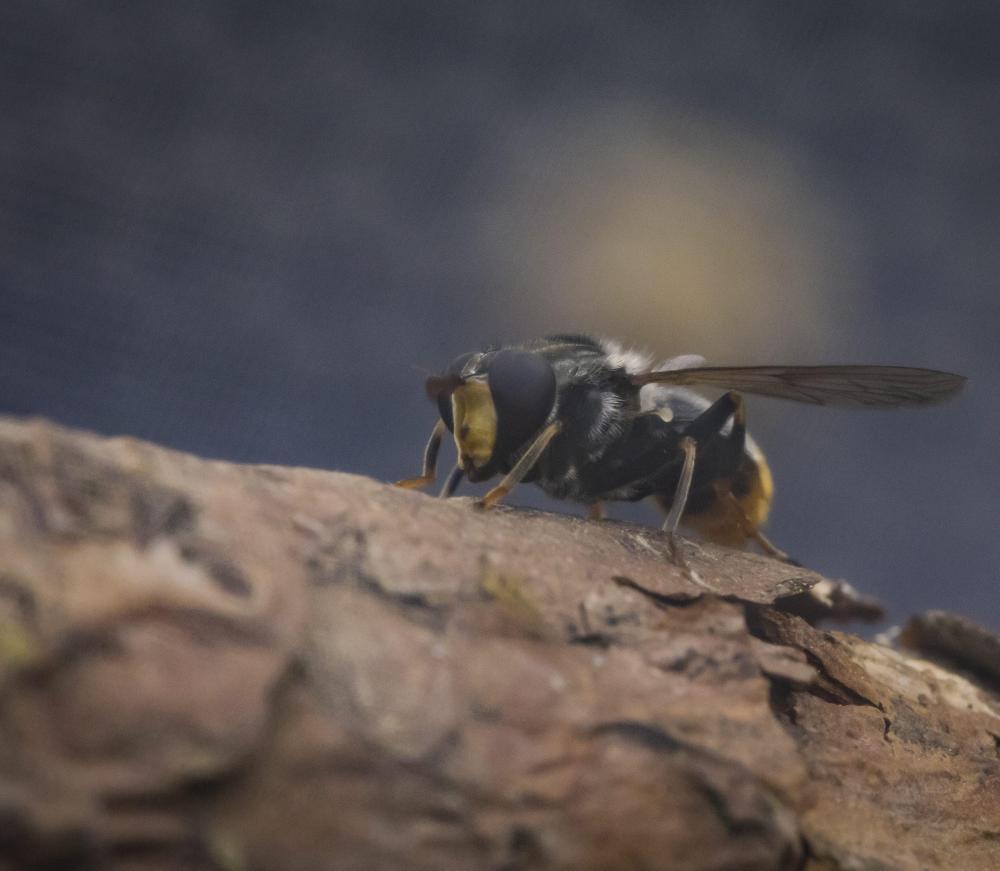
The pine hoverfly is as endangered in the UK as the Scottish wildcat. This pollinator and deadwood specialist may not be quite as cute and fluffy, but it is just as important when it comes to supporting Scotland’s biodiversity.
Factsheet
Lifespan: The adult fly lives only for a few weeks; larvae can live up to two years
Best time to spot: May to July
The pine hoverfly doesn’t have the typical physical characteristics of a hoverfly. In fact, they don’t like to hover very much at all! They are smaller, too, with bright orange on their abdomen. Unlike the males, females have a gap between their eyes, and the orange patch is constrained to the tip of their body.
The pine hoverfly was once more widespread in pine woodlands across the UK, but in 2024, this critically endangered insect was found to be living in a single patch of forest in the Cairngorms National Park. It’s so rare that a sighting of one in 2022 was the first recorded in a decade.
The main reason for the pine hoverfly’s decline is loss of habitat for its larval stage. The pine hoverfly has specific needs when it comes to egg-laying and larvae success, and there are very few sites that tick all the boxes.
While it may seem odd for a species to have such specific habitat needs, it’s actually an evolutionary survival technique. In the past, it would have helped them avoid competition from other foragers. These days, the planet’s loss of biodiversity means that this protective trait is the very thing threatening their existence.
Did you know?
The pine hoverfly is as endangered in the UK as the Scottish wildcat. This pollinator and deadwood specialist may not be quite as cute and fluffy, but it is just as important when it comes to supporting Scotland’s biodiversity.
Factsheet
Lifespan: The adult fly lives only for a few weeks; larvae can live up to two years
Best time to spot: May to July
The pine hoverfly doesn’t have the typical physical characteristics of a hoverfly. In fact, they don’t like to hover very much at all! They are smaller, too, with bright orange on their abdomen. Unlike the males, females have a gap between their eyes, and the orange patch is constrained to the tip of their body.
The pine hoverfly was once more widespread in pine woodlands across the UK, but in 2024, this critically endangered insect was found to be living in a single patch of forest in the Cairngorms National Park. It’s so rare that a sighting of one in 2022 was the first recorded in a decade.
The main reason for the pine hoverfly’s decline is loss of habitat for its larval stage. The pine hoverfly has specific needs when it comes to egg-laying and larvae success, and there are very few sites that tick all the boxes.
While it may seem odd for a species to have such specific habitat needs, it’s actually an evolutionary survival technique. In the past, it would have helped them avoid competition from other foragers. These days, the planet’s loss of biodiversity means that this protective trait is the very thing threatening their existence.
Did you know?
This invertebrate likes to lay its eggs in big rot holes in mature, old-growth pine tree stumps. The larvae hatch then pass the winter here, leaving the water around the end of April.
They pupate (transform from larvae into flies) at the edge of the water in the rot hole, or in moss nearby. The adults appear from May to July. During this time, they feed on nectar and pollen from different flowers, namely rowan. The pine hoverfly needs lots of rowan to be available in the woodland surrounding the tree stump. It’s also been seen feeding on greater stitchwort, heath bedstraw, dog rose and a range of umbellifers.
Research has shown that the presence of a particular type of fungus is also necessary for the pine hoverfly’s success. This causes rot within the heartwood of pine trees and creates a specific kind of bacterial ‘soup’ in the rot hole.
Regenerating and linking complex woodland habitats will support the pine hoverfly’s future, and a breeding programme is underway to try to boost their population. In 2021, the breeding project - led by the Royal Zoological Society of Scotland - produced 8,000 larvae!
Work is ongoing to keep releasing larvae into the wild in places experts believe they used to exist, using pre-prepared artificial rot holes. Several other types of hoverfly and invertebrates use these rot holes, so work to conserve the pine hoverfly will benefit a variety of other species, too.
The Rare Invertebrates in the Cairngorms (RIC) is a partnership project working to reverse the fortunes of the aspen hoverfly, along with several other rare insects in the Cairngorms. To find out more about the project’s work and get involved, visit: https://rare-inverts-rspb.hub.arcgis.com





